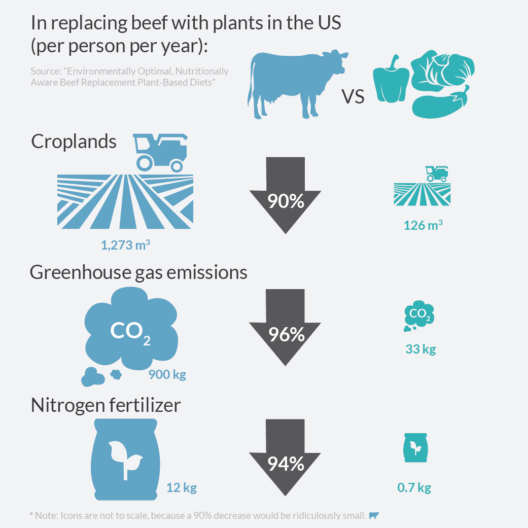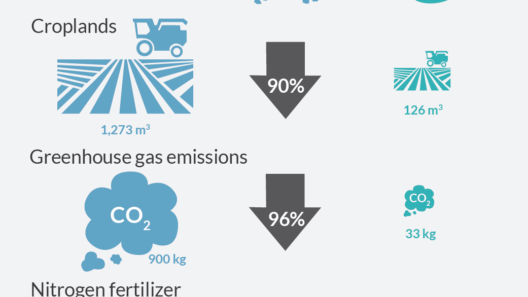In recent years, climate change has emerged as one of the most pressing challenges facing humanity. Billions of dollars in infrastructure funding have been earmarked globally with the expressed goal of revitalizing economies, enhancing public works, and addressing climate-related challenges. However, a critical question arises: could this vast influx of capital serve as a catalyst for further global warming, or might it actually alleviate some of the pressing environmental issues? This question underscores the vital intersection of financial investment and ecological stewardship.
First and foremost, it is essential to understand the types of infrastructure that are typically funded. Infrastructure encompasses a variety of projects, including transportation systems, energy production facilities, water management frameworks, and urban development initiatives. The intended outcome of these investments is to modernize and improve the efficiency of networks that facilitate daily life. But as we embark on this journey towards modernization, the types of decisions made will determine whether we stride forward into a sustainable future or inadvertently accelerate the degradation of our planet.
Consider transportation infrastructure, which is often the backbone of economic development. Billions have been allocated for roads, bridges, and airports. These projects generally focus on enhancing mobility and fostering connectivity. However, if funded projects prioritize fossil fuel-dependent vehicles and traditional highways over public transit systems or electric vehicle infrastructure, the net effect could be an exacerbation of greenhouse gas emissions. Conversely, strategic investments in sustainable transportation, such as electric rail systems and improved cycling infrastructure, could decouple growth from carbon emissions.
The implications are even more profound when we examine energy infrastructure. Nations are grappling with how to transition to renewable energy sources while phasing out coal and fossil fuels. The funds allocated for energy projects could either uphold the status quo by supporting the construction of new natural gas plants or lend themselves to the development of solar and wind farms. Investing in renewable infrastructure is pivotal, but the challenge lies in ensuring that such developments occur on a scale and in a timeline that matches the urgency of climate change mitigation.
A potential paradox arises when addressing urban infrastructure. Billions of dollars devoted to the construction of new buildings and urban expansion must prioritize energy efficiency and sustainability. As cities grow, the risk of creating sprawling urban landscapes that increase reliance on cars rather than promoting walkable communities looms large. Architects and urban planners face critical decisions: will they adopt sustainable building materials and designs, or will they default to traditional models that contribute to higher emissions? The challenge is not merely financial; it is also one of vision and commitment to sustainability.
Water management presents another domain ripe with possibilities, as billions are allocated to enhance infrastructure in response to increasing droughts and flooding patterns exacerbated by climate change. Investments in resilient stormwater management systems and flood defenses can bolster communities against climate threats, while simultaneously providing natural buffering that protects ecosystems. However, the challenge remains: how does one ensure that water infrastructure projects integrate green features such as wetland restoration or permeable surfaces, rather than simply relying on traditional concrete barriers that may worsen downstream flooding?
As infrastructure projects proliferate, it becomes essential to incorporate environmental impact assessments in the planning and execution phases. This is where the involvement of environmental advocates and scientists is crucial. Their insights can ensure that the projects funded do not merely focus on economic returns but also prioritize ecological aspects. The challenge lies in achieving a holistic approach, where economic development and environmental responsibility coexist harmoniously. Public awareness and advocacy can drive this balance, insisting that projects adhere to sustainability benchmarks.
Moreover, technological advancements offer a plethora of opportunities to fuel the fight against global warming. Innovations in materials science promise longer-lasting, energy-efficient structures, while smart grid technologies enhance energy distribution and consumption efficiency. However, reliance on technology without a rigorous assessment of its life-cycle impact can be misleading. Are the materials sourced sustainably? Are the emissions from manufacturing and transporting these technologies considered? Such challenges must be navigated with diligence.
It is also imperative to consider the socioeconomic implications of infrastructure funding. While large sums may flow into construction projects, they can disproportionately benefit affluent communities if not equitably distributed. The challenge, then, is ensuring that investments in infrastructure serve marginalized communities, particularly those most vulnerable to the effects of climate change. Justice in infrastructure spending can lead to greater resilience and social stability, fostering an inclusive approach to climate action.
The mere availability of billions in funding does not equate to effective climate action. It requires thoughtful deliberation, strategic planning, and a commitment to integrating sustainability into the core of decision-making processes. As we navigate through this epoch of infrastructure investment, the potential to either fuel or fight global warming rests squarely on our shoulders. The societal commitment to prioritize sustainable practices over expedient profit will dictate the legacy of our infrastructure advancements.
In conclusion, the impending challenge remains: Can we harness the billions in infrastructure funding to forge a path towards a more sustainable future while effectively confronting global warming? The decisions made today will reverberate for generations to come, shaping the climate landscape and determining the health of our planet. It is a question that implores both thoughtful reflection and an urgent call to action as we stand at this critical juncture.








